There are many loggers out there of which I wanted to put as many features in my own design as possible. My main inspiration and an awesome source is the cave pearl project by @Edward Mallon. Thanks for putting all your findings on the internet and sparking my interest in long-term-logging!
So, what do I want to log? BEEEEEES! My father is a beekeeper and so I really wanted to log the climate in one of the beehives all year round.
Power consumption of V1.2
- sleep mode: 0.0018mA (1.8µA)
- logging to EEPROM: 5mA average when reading sensors and writing logs to the EEPROM
- SD-backup mode: 50mA average when transferring logs from EEPROM to SD card.
- Estimated battery life (single 18650 2400mA cell, logging for 500ms every 15 minutes): > 3 years
Features:
- low power consumption by:
- SD card power ON/OFF via high side switch (TPS2051B)
- V1.2: TPS27082
- ultra low drop/quiescent current regulator (choose one)
- MCP1700: input voltage max 6V
- MCP1703: input voltage max 16V
- low frequency (8Mhz, even works without external quartz/resonator)
- SD card power ON/OFF via high side switch (TPS2051B)
- up to two EEPROMs with max 2Mbit each
- 512Kbit EEPROM example: stores 3220 logs of 5 floats plus timestamp
- easy to use push-connect terminals
- voltage sensing via resistor divider
- dual color LED for signal purposes
- PCB outline (85x 55mm) with mostly SMD parts
- fits exactly in water tight RND 455-00133 case (100x100x55mm)
As I wanted to use KiCAD a little more anyway (and due to the needed features see above) I did not just buy cheap chinese knock-off board off eBay but designed my own board. I sent it to @oshpark as I didn't need 10 of those boards, plus the last boards from another chinese manufacturer (though only hot air solder leveled) were kind of hard to solder.
So here it is: my go at long-term logging the climate in one of my fathers beehives!
As usual I'd like to thank all the fine persons who write libraries and software for everyone else to use free of charge, especially:
 Jan
Jan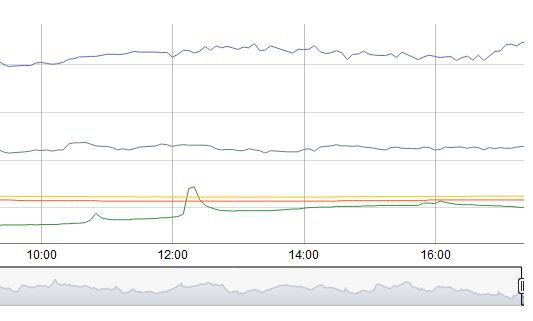



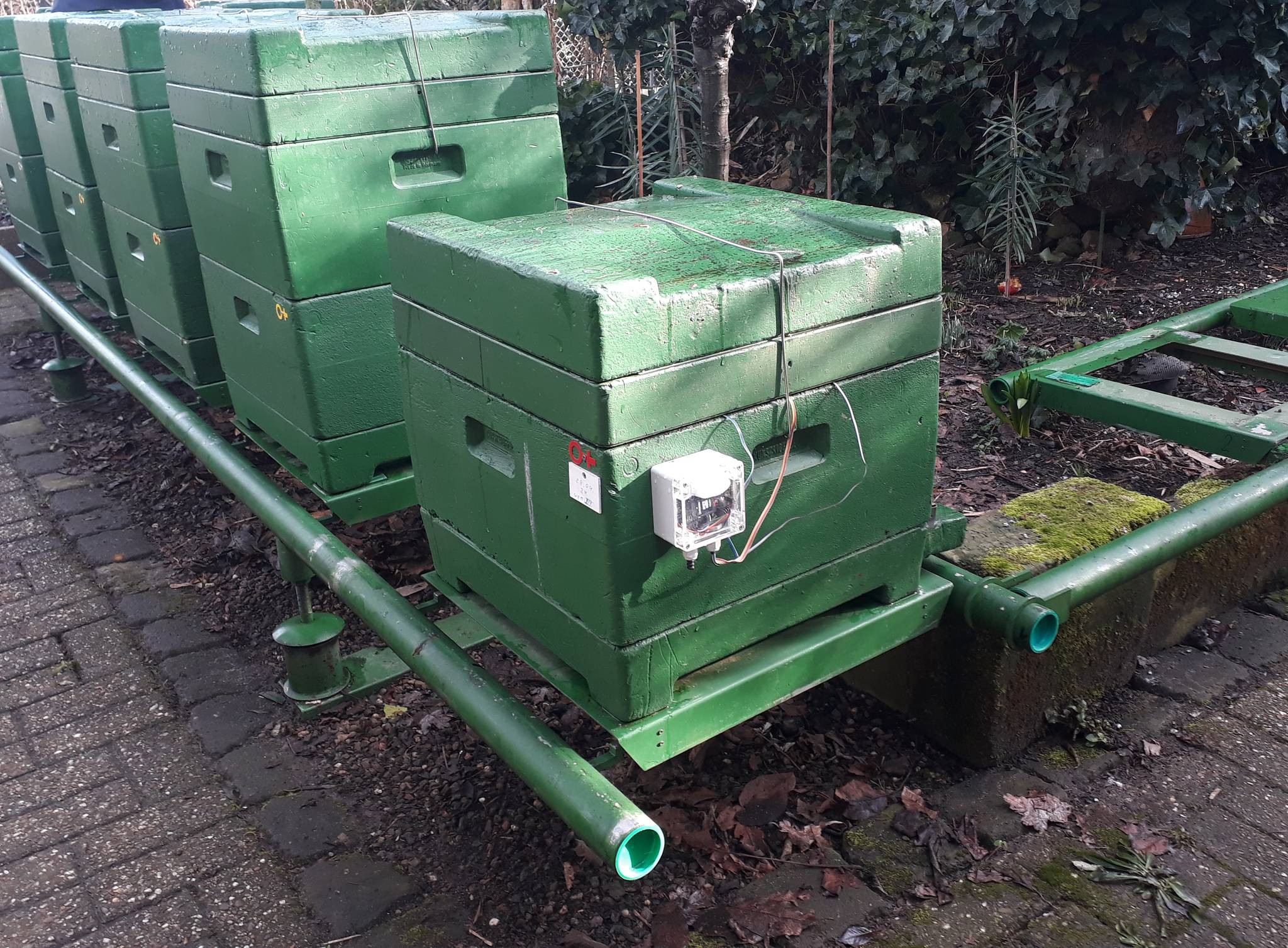

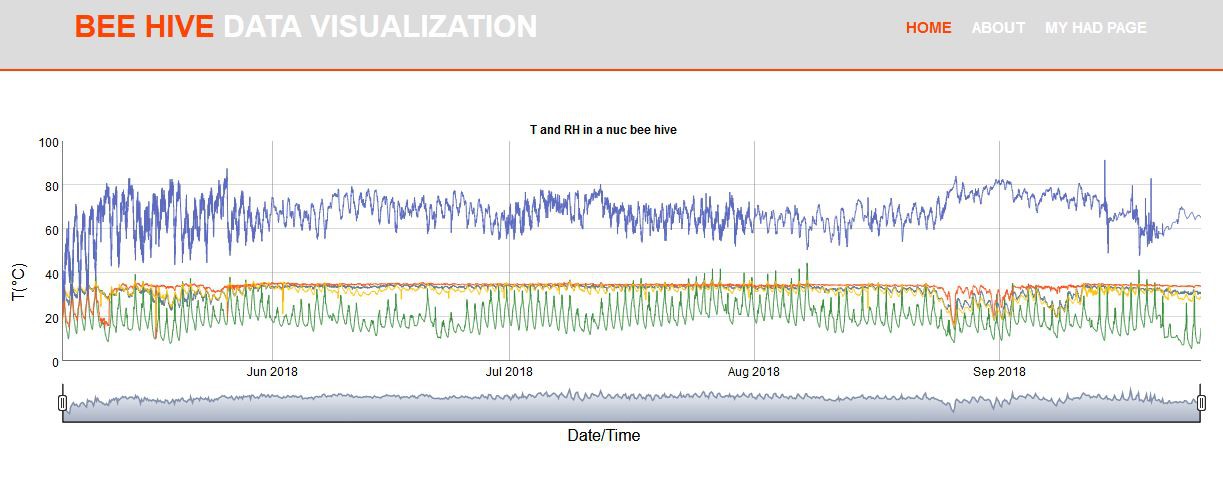
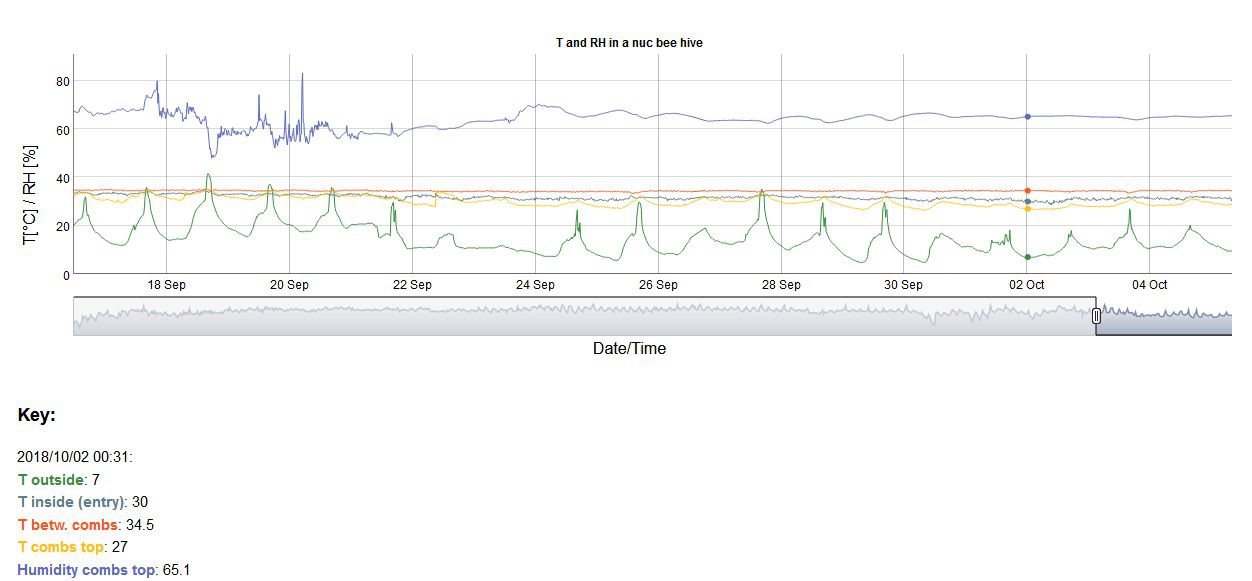
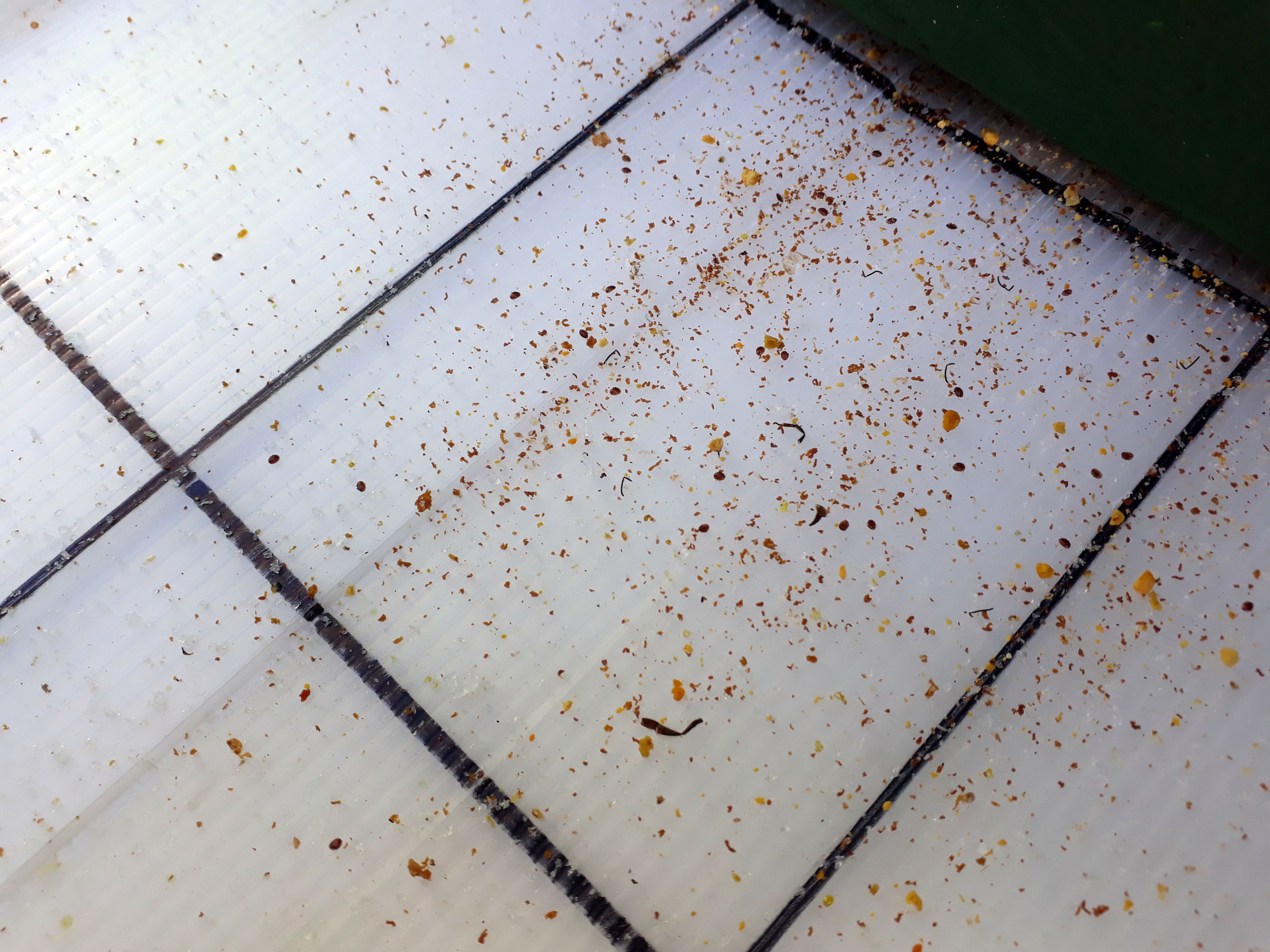
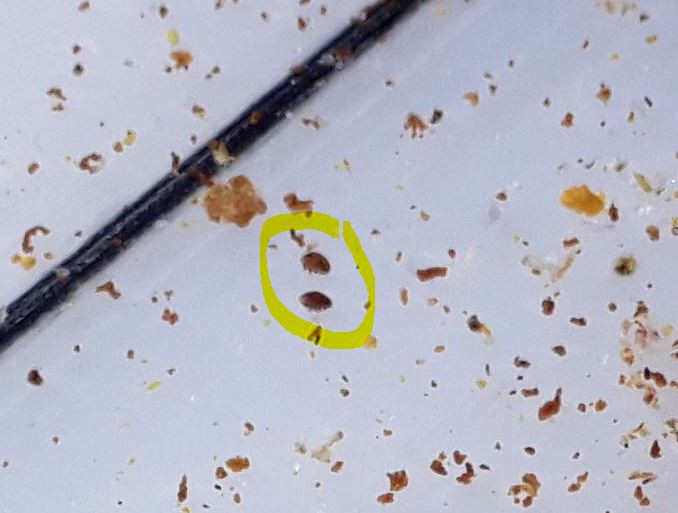






 jan.marcinowski
jan.marcinowski
 Samuel Wantman
Samuel Wantman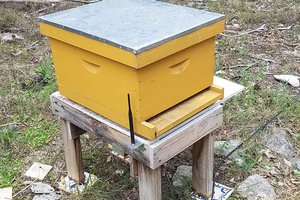
 sparks.ron
sparks.ron
 mikrotron
mikrotron
Hi your monitoring system for beehive is impressive. I have just got a Nuc of Bees myself and would also like to monitor my hive. Do you have the latest version of your code for the logger V1.2 or > ?
Keep up the great work
-Jim